|
Spring is such a time of renewal and comes with a burst of energy. Seasonal celebrations give you a point of focus when choosing stories, crafts and activities to do as a family. Celebrations such as Easter offer a beautiful annual rhythm, something that your child looks forward to re-engaging with each year. It's a special experience to choose activities that become family traditions.
0 Comments
What are the Holy Nights?Anthroposophist, mystic, and teacher, Claudia McLaren Lainson explains the Holy Nights:
"In the darkness of Winter’s night, when the great breath of the Earth Mother finds its greatest point of inhalation, human beings are afforded the grace to touch into both magic and miracle. In the pause between her mighty in-breath and out-breath there is a still-point of rest. This still-point has long been known as the Holy Nights. In these blessed Nights, the angels circle the globe as if in a great cosmic dance. They long to speak to listening human hearts. Throughout the ages the ‘listening ones’ on earth have heard the angelic choir; they have received messages of Peace and Love. What is received during these sacred days and nights, resounds a thousand-fold in the year that follows. In this year before us, a great light is striving to find willing human hearts. May we each be the ‘listening ones’ during these Holy Nights. May we work with angels." What is Candlemas?Did you know that Candlemas has been celebrated for centuries under different names? As with many festivals today, it has its roots in pagan culture. For example, today, we are more familiar with references to Groundhog Day as a way to mark the coming of spring. However, way before Groundhog Day, this marking of the year was referred to as Candlemas, part of the Christian tradition. But, of course, before the Christian tradition, this day was celebrated by the Celtic people and known as Imbolc, which celebrates Brigid, the Goddess of the Dawn.
Anthroposophist, mystic, and teacher, Claudia McLaren Lainson explains the Holy Nights:
"In the darkness of Winter’s night, when the great breath of the Earth Mother finds its greatest point of inhalation, human beings are afforded the grace to touch into both magic and miracle. In the pause between her mighty in-breath and out-breath there is a still-point of rest. This still-point has long been known as the Holy Nights. In these blessed Nights, the angels circle the globe as if in a great cosmic dance. They long to speak to listening human hearts. Throughout the ages the ‘listening ones’ on earth have heard the angelic choir; they have received messages of Peace and Love. What is received during these sacred days and nights, resounds a thousand-fold in the year that follows. In this year before us, a great light is striving to find willing human hearts. May we each be the ‘listening ones’ during these Holy Nights. May we work with angels." Since Autumn began, there has been a steady diminishing of the sunlight in our lives. This yearly transition has been calling us to kindle the light within ourselves. We have talked about the Festival of Courage in September as a way to ignite a flame that brings courage into the coming darkness. We then discussed celebrating the Festival of Compassion or the Lantern Festival in November as a way to honour the light we have been carrying within us and how that expands and burns brighter in our communities.
Birthdays are always cause for celebration, especially in Waldorf education. Traditions and rituals help children to experience the rhythm of the year, and celebrating a birthday honours the child’s place in the family and in the world. Below are some suggestions for bringing meaningful traditions to your child's birthday at home.
“Celebrating festivals illuminates our life on earth with heavenly meaning and shows us the significance of our human existence in the universe. We human beings stand between the two worlds uniting them in ourselves. We are the crossing point where the upper circle representing the heavens flows into the lower one belonging to the earth.”
– Evelyn Frances Derry, Festivals and Seasons Throughout the year, we can celebrate festivals to connect us with the cycle of nature, establish a yearly rhythm for our children, and strengthen our community. Rosh Hashanah translates to mean 'head of the year' and is the Jewish New Year. This year Rosh Hashanah begins at sunset on September 6th and is celebrated with sweet symbolic food like apples and honey. This 2 day festival marks the anniversary of human creation and the special relationship between humans and the Creator. The Jewish calendar differs from today's Gregorian calendar. The Jewish calendar is based on the cycles of the moon and this Rosh Hashanah is celebrating the year 5782.
Here is a traditional Rosh Hashanah verse or song to share with your children as you enjoy a sweet snack of apples and honey. A good year A year of peace May happiness And joy increase. Passover (Pesach in Hebrew) is a Jewish holiday that celebrates the Hebrews' liberation from slavery by the great prophet Moses. Moses would not have survived to free his people, had it not been for the cleverness of his sister Miriam. She set him in a basket on the river Nile, and watched over him until the Pharaoh's daughter found him and took him home to be her own son. In this way, Moses survived the dangerous times in Egypt, and grew up with a deep compassion for the Jewish people. In his adult years, he fulfilled his destiny to guide the Jewish people out of slavery in Egypt, to form a covenant with God through the Ten Commandments. Miriam, perhaps the only woman in the bible, who is not referred to as someone's mother or daughter, has, in more recent times, taken a place of honour at the Passover Seder. As Jewish celebrations and rituals become modernized to fit our new levels of awareness, we turn to the women of the Bible stories, choosing to elevate them to places of importance. In modern Jewish rituals, when the Seder, or religious dinner ritual takes place, many families choose to include Miriam as one of the sacred guests. A cup is filled with water, in her honour, and songs and stories are shared to celebrate her strengths. What a wonderful time we live in, where we can honour the importance of the feminine, and include it in a ritual that was formed thousands of years ago. Ways to CelebrateHere are some ways you can learn more about Miriam and celebrate her as well.
Sing Miriam's Song A beautiful song depicting the spirit of women now and in ancient days. Here are the lyrics so you can sing along: |
BlogExplore schedules, rhythms & routines, songs, music, festivals, free play, meals, projects & more to support your homeschooling program.Categories
All
Archives
July 2024
|
You might be wondering... |
Visit us on Teachers Pay Teachers© COPYRIGHT 2020. ALL RIGHTS RESERVED
Serving your worldwide educational needs from Comox Valley, BC, Canada. |

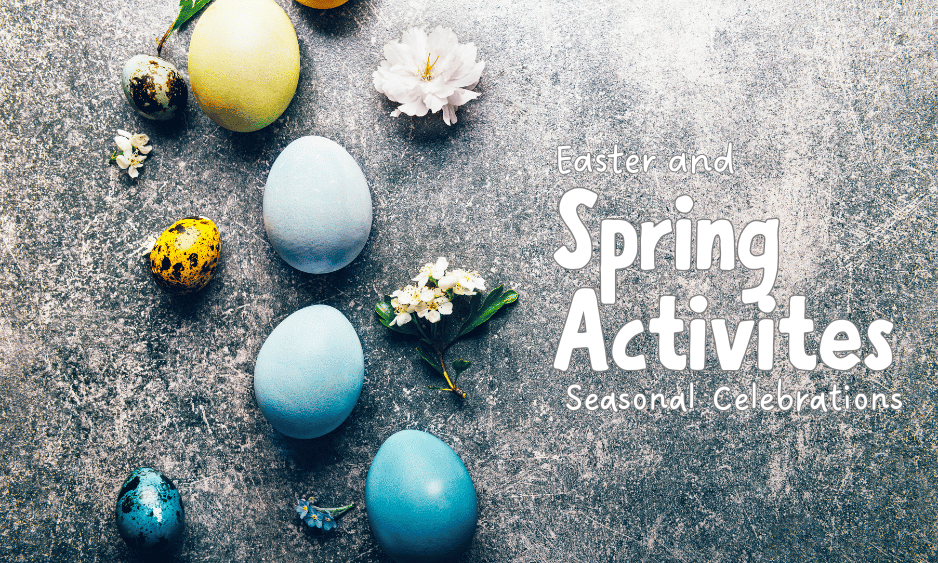
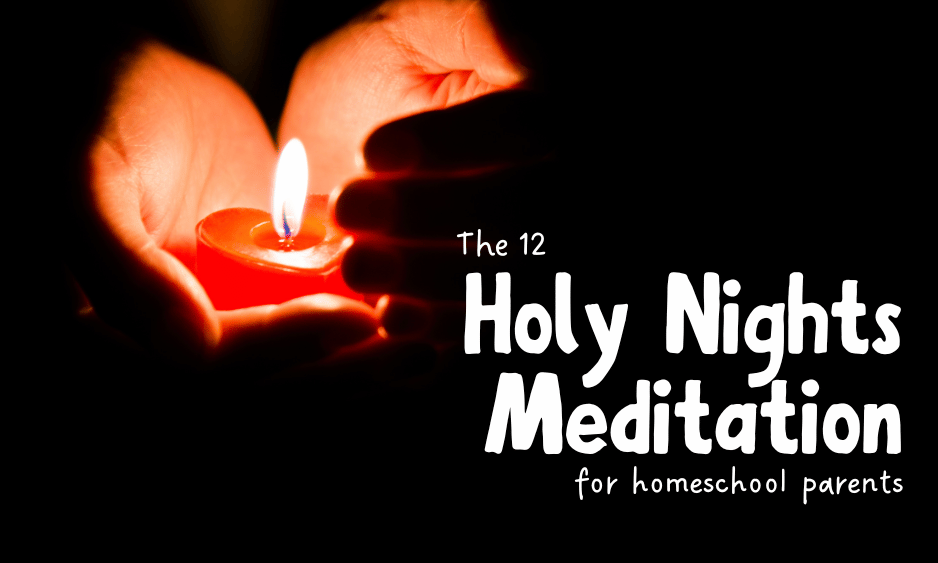
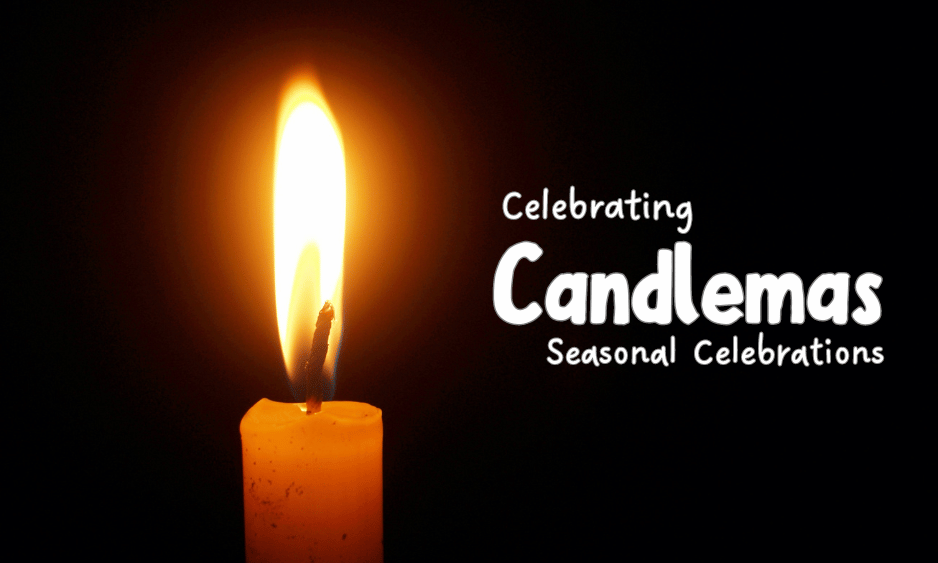
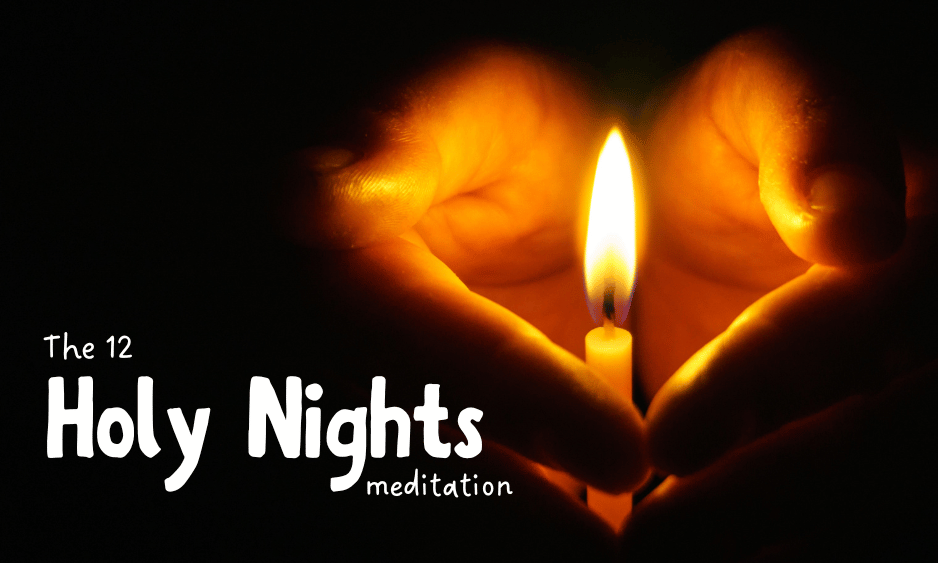
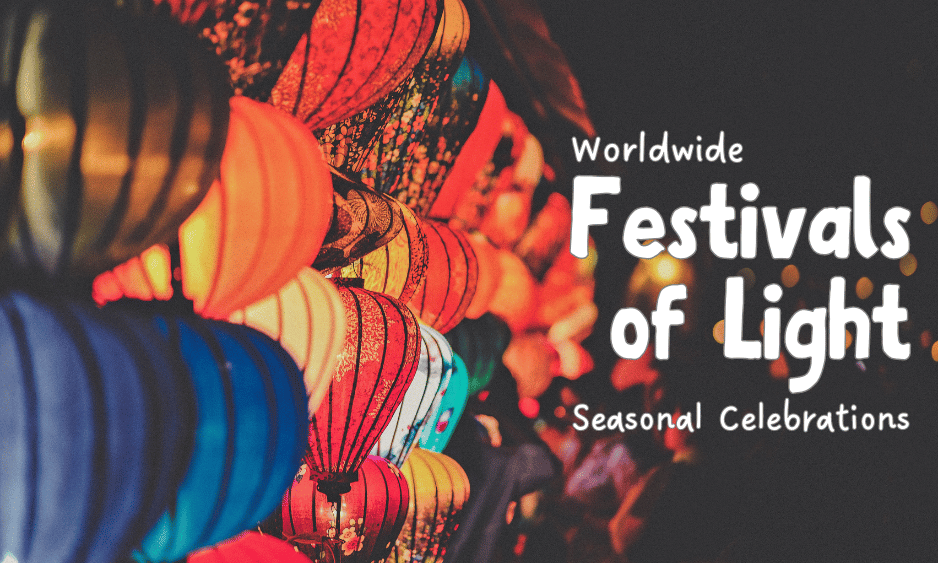
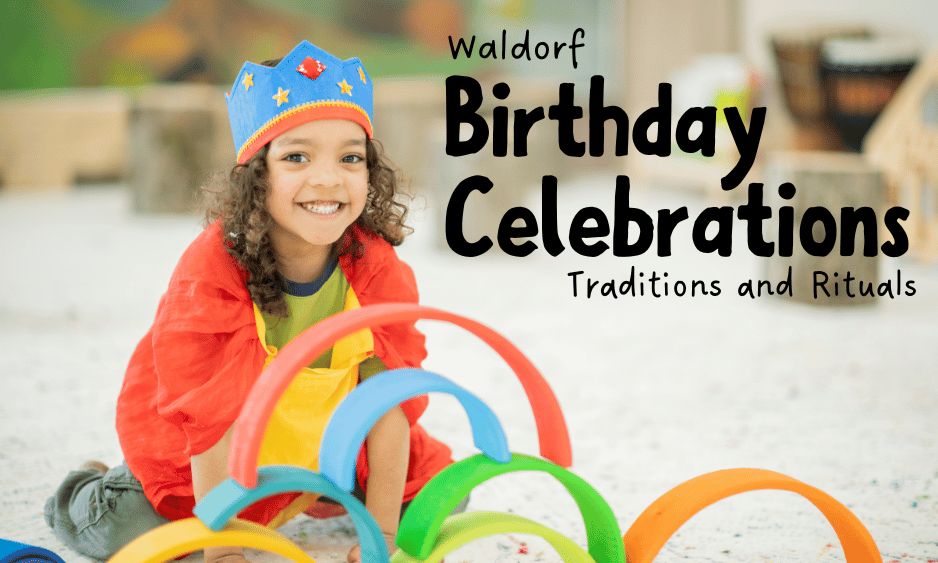
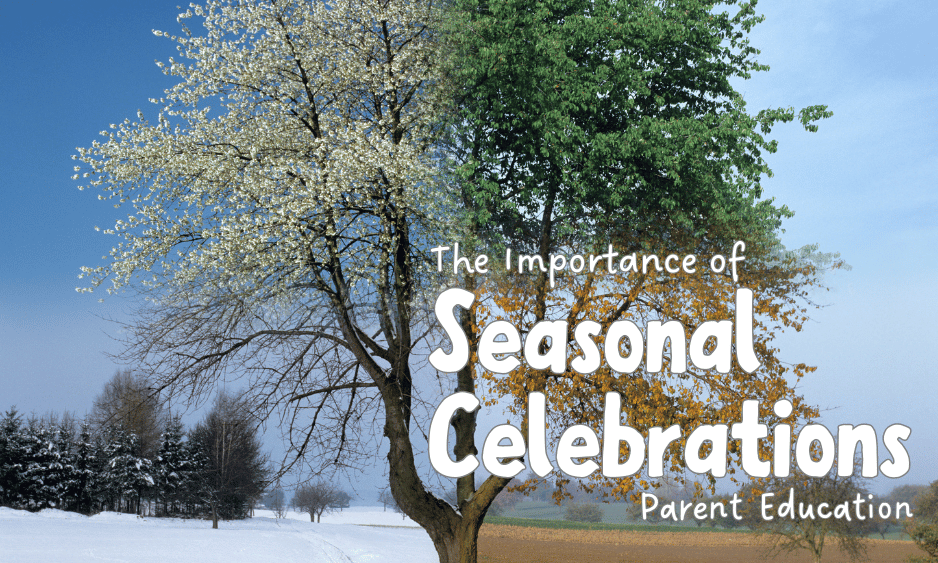
 RSS Feed
RSS Feed